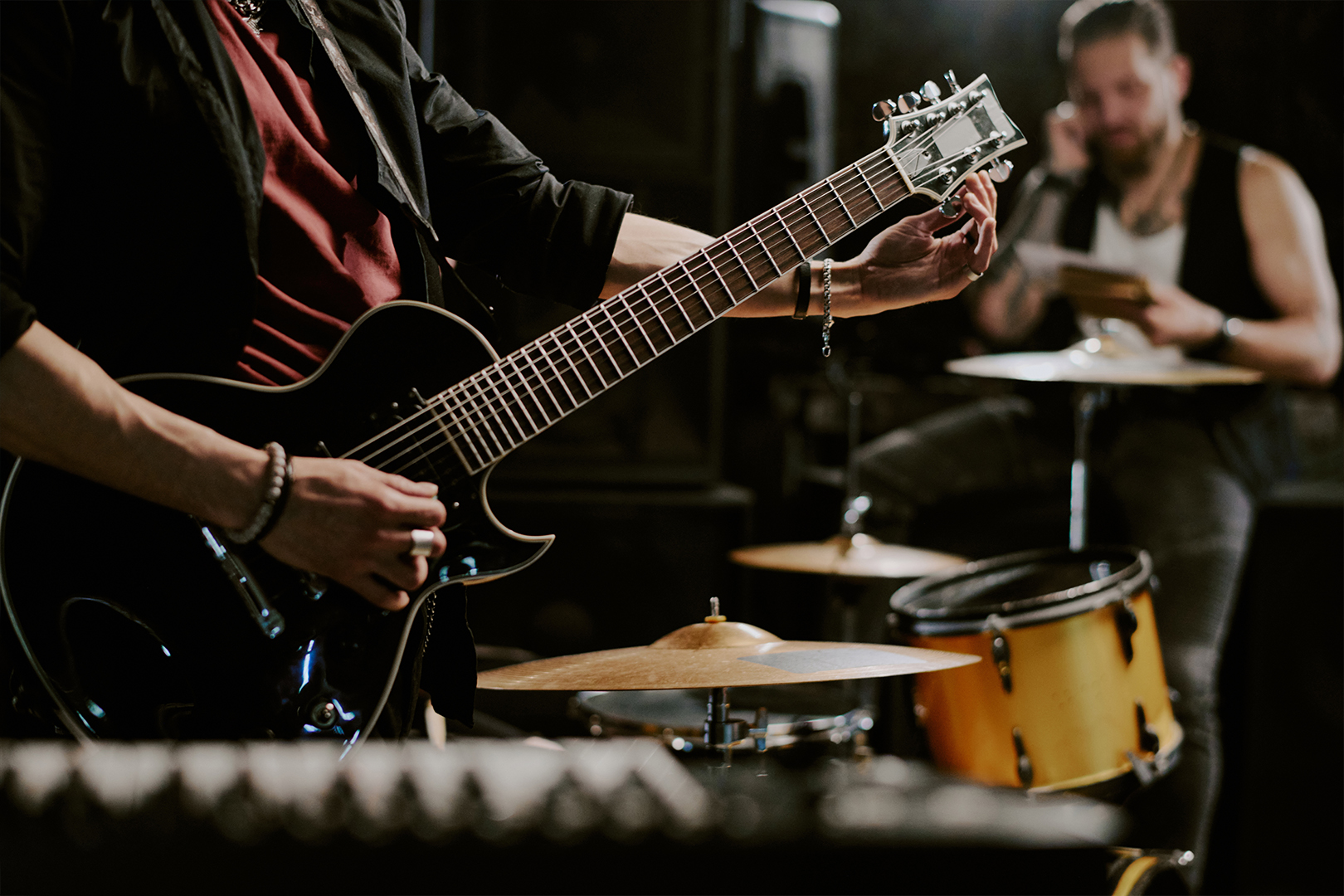Planning for health is as important as instrumental or singing practice. Try and structure time to ensure that health is embedded into daily and weekly routines, and particularly before physical work like playing and performing or setting up a studio space.
An effective warm-up allows the joints to move freely and safely increase range of movement and can reduce the risk of sustaining an injury. The effects of a warm-up have been widely researched, and the benefits are well recognised.
Mental readiness:
A warm up can signal a transition between not being at work and being at work, and can provide an opportunity to ‘get into the zone’ to begin concentrating on the work to be done. Pre-performance routines can be psychologically helpful.
Physical readiness
A warm up can prepare the body for the task that is coming, and amongst other things, has been shown to
- Promote muscle contraction and relaxation
- Improve reaction time
- Improve muscle strength and power
- Improve oxygen delivery to muscles
- Increase blood flow to active muscles
Injury Prevention
The risk of injury to muscles and tendons is reduced because of better blood flow and oxygen delivery, and because the muscles have been prepared for the upcoming tasks. Additionally, an effective warm-up allows the joints to move freely, safely increases range of movement and can reduce the risk of sustaining an injury.
Performance enhancement
The muscles are able to respond more rapidly and with greater strength.
Warming up before starting physical work can offer the same benefits. The varied nature of your particular work means that one specific warm-up routine cannot be recommended.
Instead, if you understand some of the reasons why warming up can be helpful, and you can apply some simple principles, in order to prepare your body for the work you are about to do, you will be better off than if you take no care with preparing your body for work.
Think of the initials: RAMP. This stands for:
R: Raise. Your body temperature, your heart rate, your respiratory rate, blood flow, and your joint flexibility.
How: Get yourself moving. This can be done by walking briskly around the block/ jogging up and down stairs within the venue, marching on the spot – with big arm swings.
Starting slowly prepares the body for higher intensity physical activity by gradually increasing the rate of breathing and heart rate and the internal body temperature.
Warming up slowly prepares the body for higher intensity physical activity by gradually increasing the rate of breathing and heart rate and the internal body temperature.
Top tip: It really doesn’t matter what you do, as long as you feel warmer. This will tell you that you have increased your heart rate and your circulation.
AM: Activate and Mobilise. Activate key muscles that you will be using, and mobilise key joints.
How: dynamic stretches involve movements that take muscles and joints to their full range in any direction and then continuing the movement back to the starting position.
Top Tip? use ‘fit to play’ diagrams. (see BAPAM’s Don’t Cramp Your Style warm-ups leaflet)
P: Prepare; prepare yourself for the upcoming task.
How: Are you ready? Have you prepared the parts of your body that you will be using, by warming up, and getting moving.
Have you eaten and are you hydrated?
Top Tip: Think like an Athlete.
Take breaks, especially in long rehearsals, recording sessions or a performance. This is not always easy and depends on the circumstances but getting out of your playing or working position even for a few seconds during a rest in the music can reduce the chances of injury.
Finally, if you do pick up a muscle, tendon, ligament or joint injury, don’t ignore it. Contact a clinician for advice.


